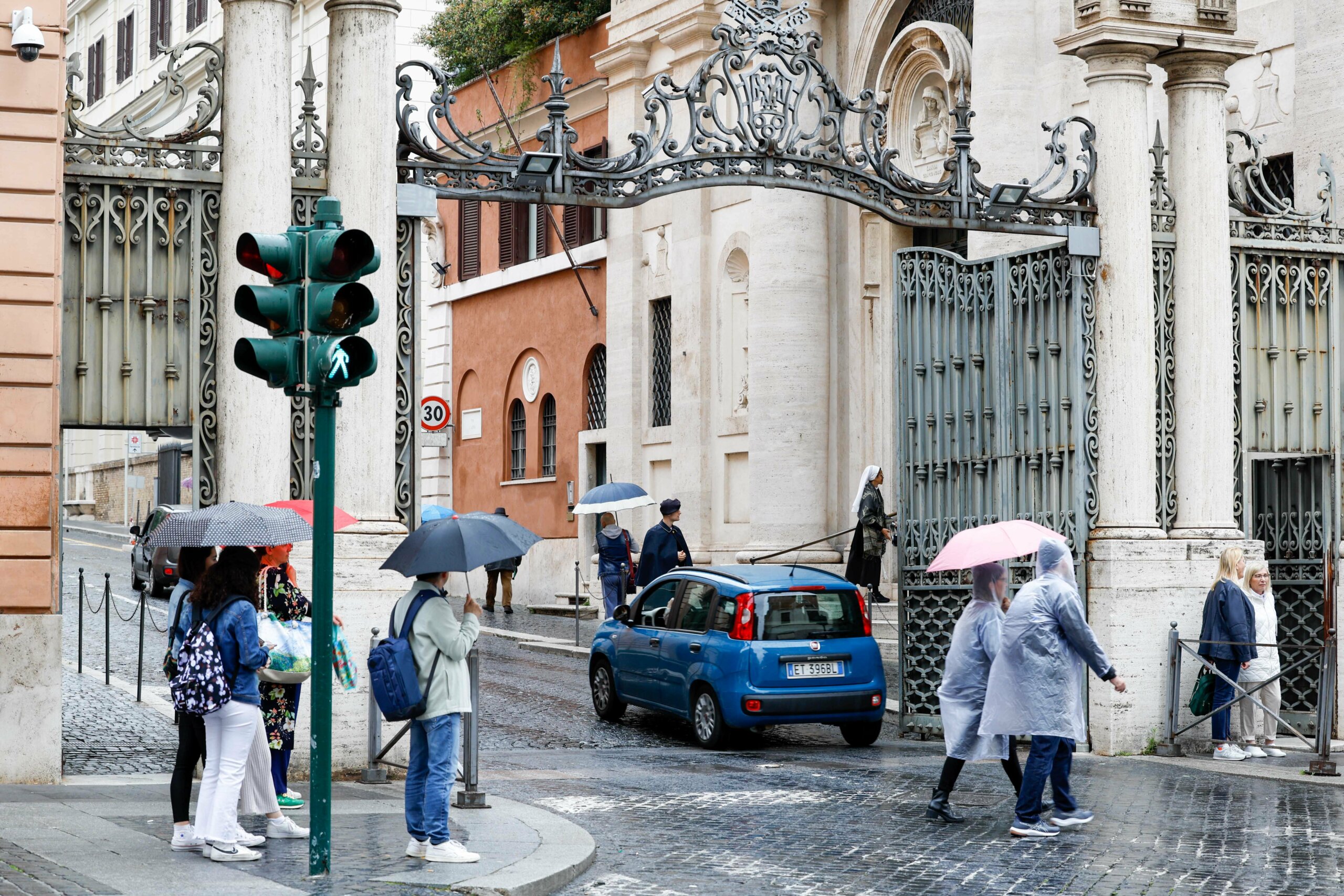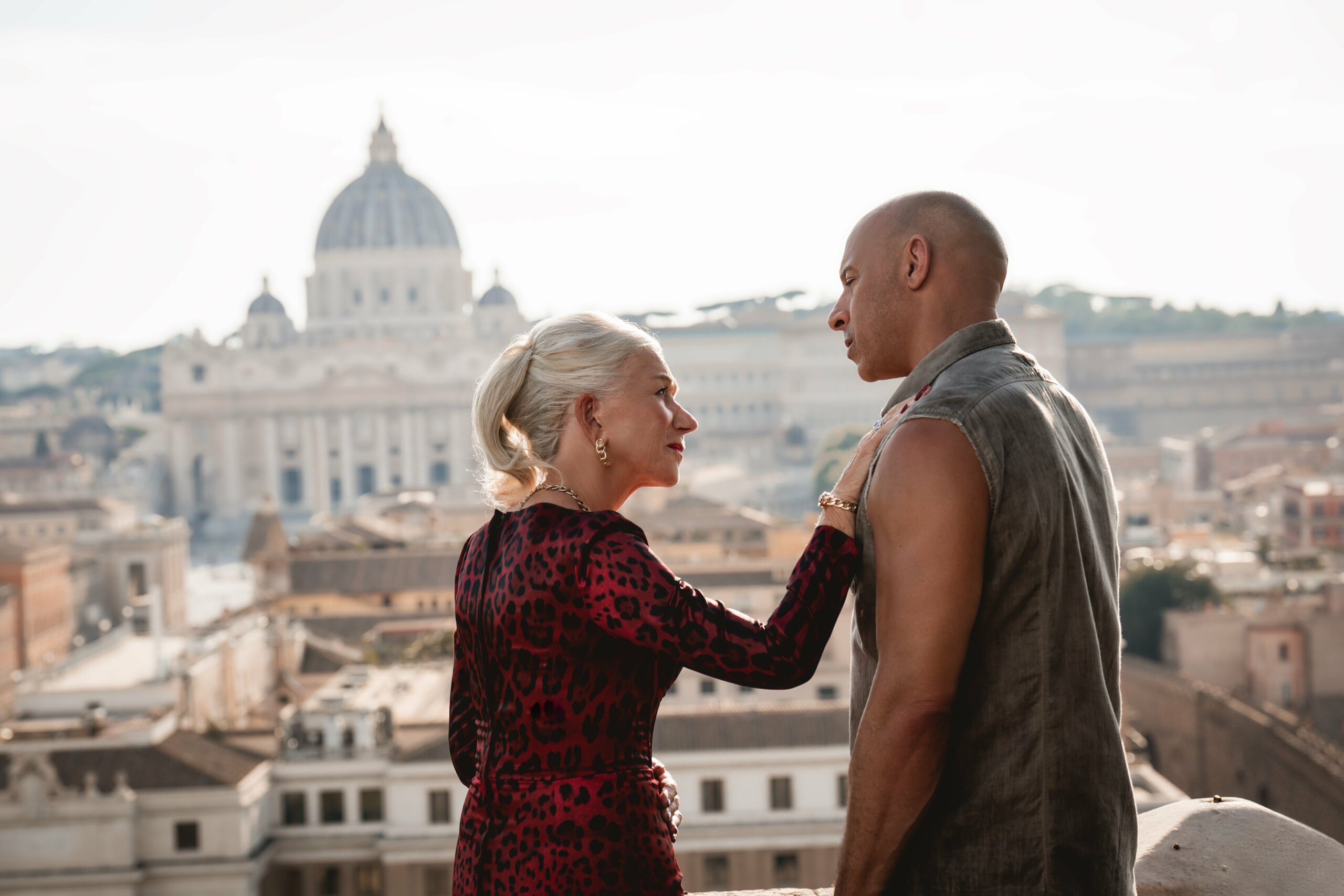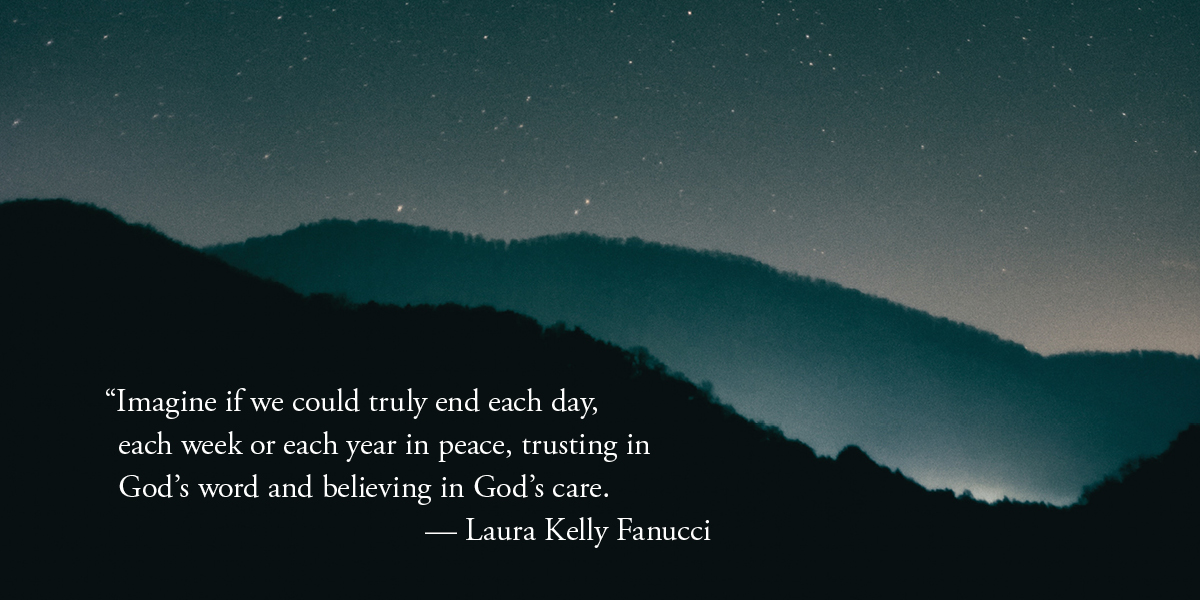
When I served on my parish’s worship committee some 20 years ago, I remember conversations around developing a “theme” for a special Mass being celebrated to observe the anniversary of the parish’s founding. The theme would dictate the music selected, the readings, the environment, and even the food served at the reception afterward. Today, I can’t remember the “theme” that was settled on or really anything about the Mass, but I do remember we had a barbecue after Mass.
Perhaps you may remember similar “themed” Masses — for better or for worse. But is coming up with a theme for Mass ever necessary? It turns out that in coming up with different themes for the Mass, the worship committee was just creating more work for itself.
It turns out that there is a theme for any celebration of Mass, and it is always the same. This theme is the Paschal Mystery of Christ: the life, Passion, Death, Resurrection, and Ascension. In the Mass, those events are brought into the present time, and the main consequence of those events — Jesus offering Himself to God the Father — is also made present within the celebration. Within the Mass, we are called to be active participants — we are called to partake in the very work of the Paschal Mystery by joining our prayer and worship to the prayer and worship that Jesus offers to God the Father.
If you think about it, focusing on the entire Paschal Mystery at every single Mass is asking a bit much — Mass would last the better part of an entire day if we were to give due consideration to the life, and the Passion, and the Death, and the Resurrection, and the Ascension of Christ. To help us narrow the focus, the Church gives us the liturgical calendar and the lectionary of Scripture readings. Both help order our celebration of the Mass so that we focus on a particular aspect of the Paschal Mystery — or how the Church lives out the continuing work of the Paschal Mystery through the lives of the saints — at a particular Mass, so that the entirety of the Paschal Mystery is considered over the course of the year.
Advent, Christmas Day, and the Christmas Season can be thought as the Incarnation Cycle of the liturgical year, with the focus on the Incarnation and the beginning of Jesus’s time as a human person whereas Lent, the Triduum, and the Easter Season can be thought of as the Paschal Cycle of the year where the Church focuses on the Passion, Death, Resurrection, and Ascension of Jesus. Throughout the course of Ordinary Time, we hear different stories from Jesus’s life or commemorate various aspects of His ministry or identity — such as Christ the King. And in the celebrations of the Blessed Virgin Mary and of the saints, we celebrate how they lived in the light of the Paschal Mystery, obtaining and living in the graces that God gave them in life through Jesus Christ.
So, if you are ever asked to develop a theme for Mass, know that the work has already been done for you! Mass is an encounter with Jesus Christ; the theme is the work of Jesus in the Paschal Mystery, explored throughout the year as guided by the liturgical calendar and lectionary readings. As to the food that’s served after Mass? Well, now, that’s a decision for the planning committee!
— Josh Perry is director of the Office of Worship for the Diocese of Burlington.
—Originally published in the May 20-26, 2023, edition of The Inland See.





